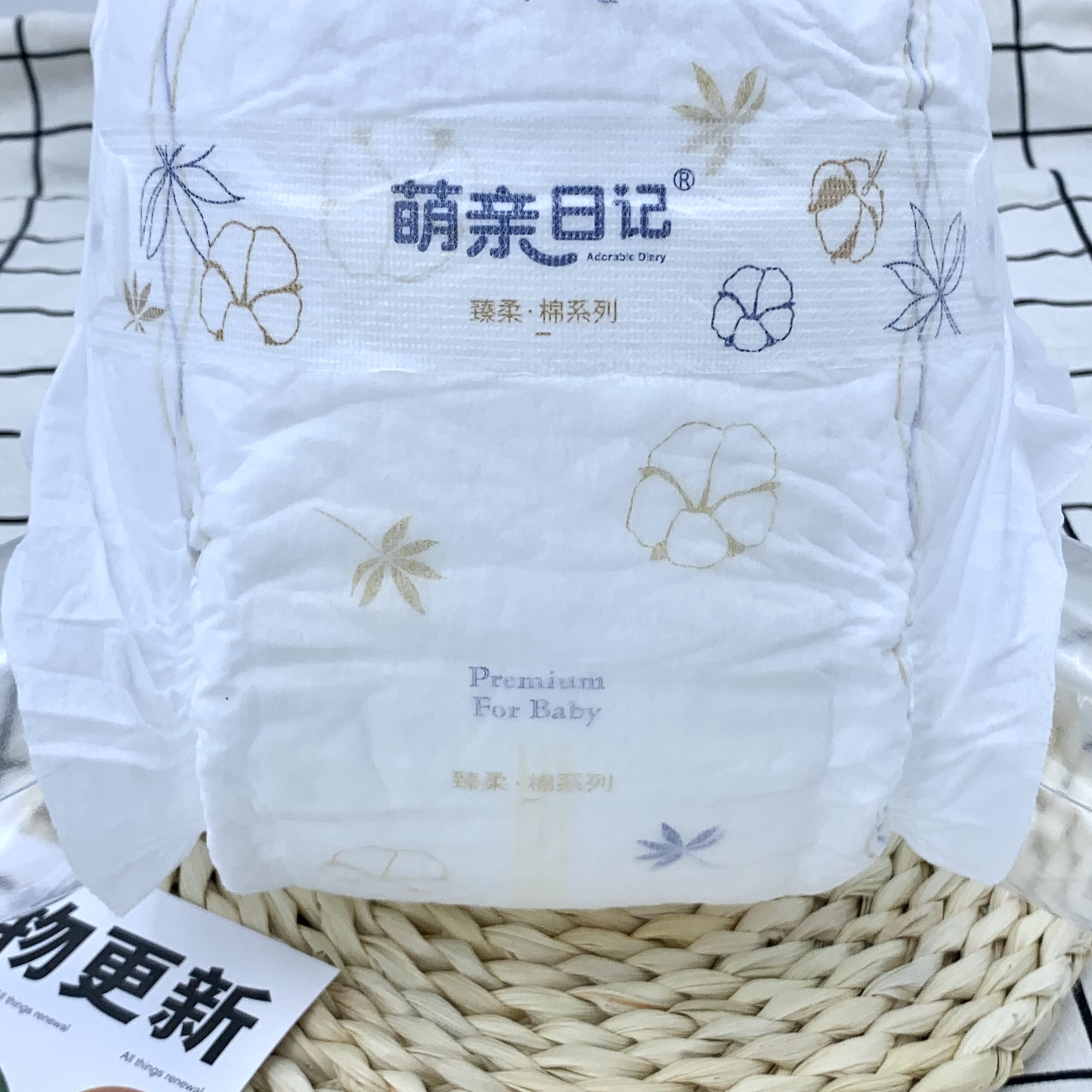The cost-effectiveness of the best baby diapers can significantly impact caregivers’ choices and overall experiences. Here’s how:
- Initial Cost vs. Long-Term Value: Some high-quality diapers might have a higher initial cost than budget options, but they often offer better absorbency, leak protection, and comfort, potentially reducing the frequency of changes. Over time, this might prove more cost-effective as caregivers use fewer diapers.
- Reduced Wastage: The best diapers tend to have higher absorbency and fewer leaks, reducing the number of diapers used per day. Fewer diaper changes mean fewer diapers used overall, potentially offsetting their higher cost per unit.
- Prevention of Skin Irritation: Premium diapers often prioritize skin health by using high-quality, hypoallergenic materials. They might help prevent diaper rash or skin irritation, reducing the need for additional skincare products or treatments.
- Reduced Need for Extra Products: Diapers with superior absorbency and leak protection might eliminate the need for additional products like diaper boosters or liners, contributing to cost savings.
- Bulk Purchases or Subscription Services: Many premium diaper brands offer discounts for bulk purchases or subscription services. Caregivers can save money by buying in larger quantities or subscribing for regular deliveries.
- Economic Benefits of Fewer Leaks: Best diapers’ superior leak protection can prevent soiled clothing or bedding, reducing laundry costs and the need for additional cleaning products.
- Environmental Considerations: Some caregivers might consider the environmental impact when choosing premium diapers. If eco-friendly options are more expensive but align with their values, they might prioritize sustainability over immediate cost.
- Caregiver’s Budget and Preferences: The cost-effectiveness perception varies based on individual budgets, priorities, and experiences. Caregivers might find that the slightly higher cost of premium diapers is worth the peace of mind and comfort they provide to their infants.
While the upfront cost of the best baby diapers might seem higher, the potential long-term benefits in terms of comfort, performance, and reduced usage could make them more cost-effective for caregivers. However, individual circumstances, preferences, and financial situations will ultimately influence a caregiver’s decision regarding the cost-effectiveness of the diapers they choose for their infants.
Are there any specific recommendations for ensuring proper storage and handling of the best baby diapers to maintain their effectiveness and quality?
Proper storage and handling of baby diapers are crucial to maintaining their effectiveness and quality. Here are some recommendations:
- Keep Diapers in a Dry Place: Store diapers in a cool, dry area away from direct sunlight and moisture. Exposure to humidity can affect their absorbency and lead to mold or bacterial growth.
- Avoid Extreme Temperatures: Avoid storing diapers in places with extreme temperatures, as heat or cold can affect their materials and performance. Opt for a room temperature environment.
- Store in Original Packaging: If possible, keep diapers in their original packaging until use. This helps protect them from dust, moisture, best baby diaper brand manufacturer and potential contamination.
- Check Expiry Dates: Be mindful of diaper expiration dates, especially for bulk purchases. Using expired diapers might compromise their absorbency and overall quality.
- Rotate Stock: If buying in bulk, practice first-in, first-out rotation to ensure older diapers are used before newer ones to maintain their freshness and effectiveness.
- Avoid Compression: Store diapers in a way that prevents excessive pressure or compression. Avoid stacking heavy items on top of diaper packages to maintain their shape and integrity.
- Keep Away from Chemicals: Store diapers away from cleaning products, detergents, or other chemicals that might affect their materials or absorbency.
- Maintain Hygiene: Wash your hands before handling diapers to prevent transferring dirt or bacteria. Ensure the diaper changing area is clean and sanitized.
- Proper Disposal of Packaging: Dispose of the outer packaging properly, especially if opened. Seal any open ends or resealable features to prevent exposure to external elements.
- Use in a Timely Manner: Diapers are best used within a reasonable timeframe after opening to maintain their effectiveness. Check manufacturer recommendations for usage guidelines after opening the packaging.
Adhering to these storage and handling practices can help preserve the quality and effectiveness of the best baby diapers, ensuring they perform optimally when used for your infant.
